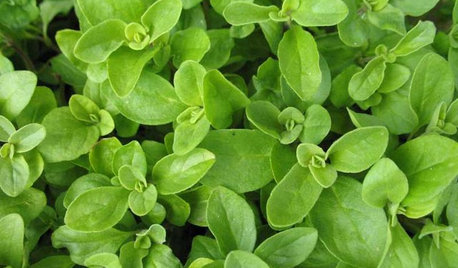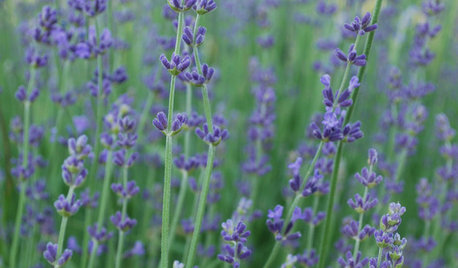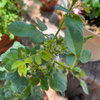Budding versus own root
roseseek
10 years ago
Related Stories

ARTThe Beauty of Bonsai — Living Art, Rooted in Harmony
Create your own emblem of nature's balance with an art form dating back 1,000 years
Full Story
GARDENING GUIDESThe Beauty of Bare-Root Plants
Plant dormant trees and shrubs in fall using the easy, affordable bare-root method and enjoy beautiful results in spring
Full Story
ARCHITECTURERoots of Style: The Segmental Vault Home
Distinctive and proud, these houses may be more common than you might first realize
Full Story
ARCHITECTURERoots of Style: Do You Live in a Minimalist Traditional House?
Cottages, bungalows, farmhouses ... whatever you call them, houses in this style share several characteristics. See how many your house has
Full Story
TRADITIONAL ARCHITECTURERoots of Style: Château Architecture Strides Through a Century
Live like a lord with design details that recall French estates of old, even if they're scaled down and updated for today
Full Story
ARCHITECTURERoots of Style: Ranch Architecture Roams Across the U.S.
Great remodeling potential and generously spaced sites make ranch homes ever popular. Is one of the many variations right for you?
Full Story
GARDENING GUIDESGrow Your Own Privacy: How to Screen With Plants and Trees
Use living walls to lower your home and garden's exposure while boosting natural beauty in your landscape
Full Story
EDIBLE GARDENSHerb Garden Essentials: Grow Your Own Oregano and Marjoram
Say 'buon giorno' to classic Italian herbs you can grow just as easily in pots as in the summer garden
Full Story
EDIBLE GARDENSHow to Grow Your Own Cocktail Garden
Conceivably, anything edible could find its way into a cocktail. Why not make the route rather short?
Full Story
EDIBLE GARDENSHow to Grow Your Own Peaches and Nectarines
Make gardening a little sweeter with these juicy fruits, which you can eat after plucking or preserve for later
Full Story




jaspermplants
User
Related Discussions
bare root vs. own root
Q
Bare root or own root?
Q
Potting up 'NEW' own root and/or budded roses.
Q
budding versus grafting
Q
ingrid_vc so. CA zone 9
roseseekOriginal Author
User
roseseekOriginal Author
nikthegreek
roseseekOriginal Author
nikthegreek
bluegirl_gw
roseseekOriginal Author
nikthegreek
henryinct
User
roseseekOriginal Author
nikthegreek
Jasminerose, California, USDA 9b/Sunset 18
roseseekOriginal Author
kittymoonbeam
nikthegreek
User
Jasminerose, California, USDA 9b/Sunset 18
henryinct
User
kittymoonbeam
User
Glenburn
nikthegreek
User
nikthegreek
nikthegreek
User
roseseekOriginal Author
nikthegreek
User
nikthegreek
roseseekOriginal Author
mad_gallica (z5 Eastern NY)
Glenburn